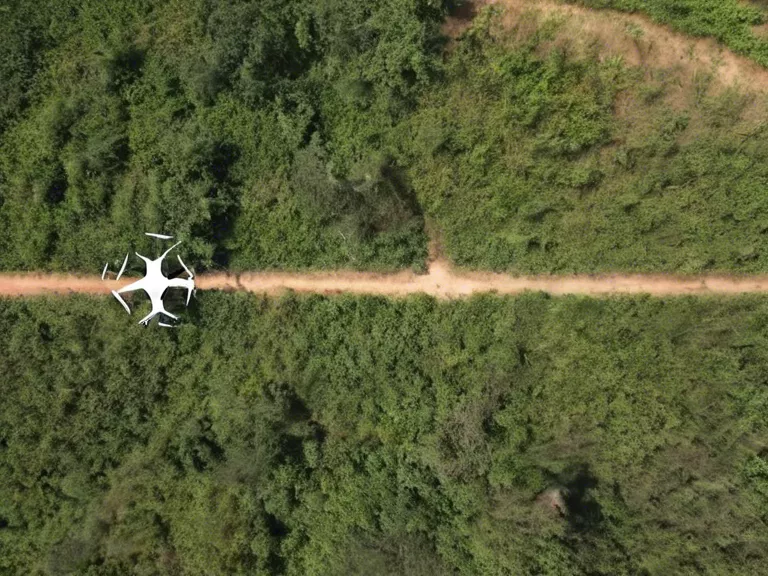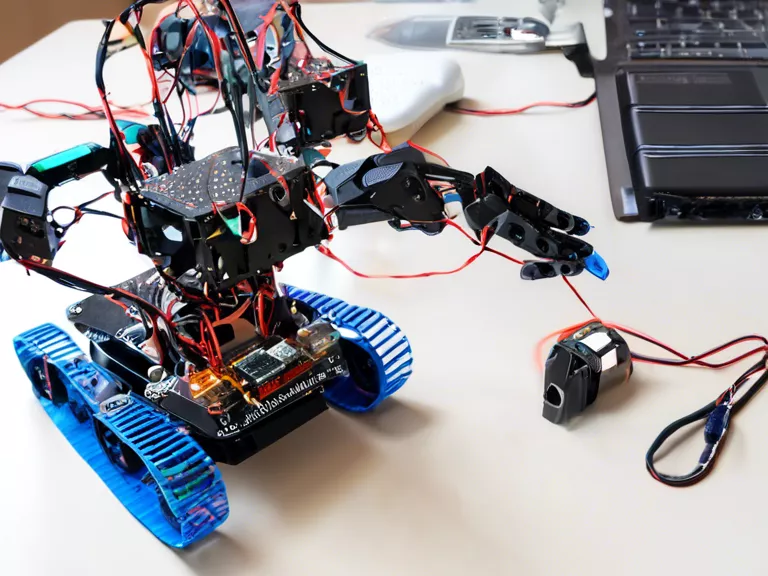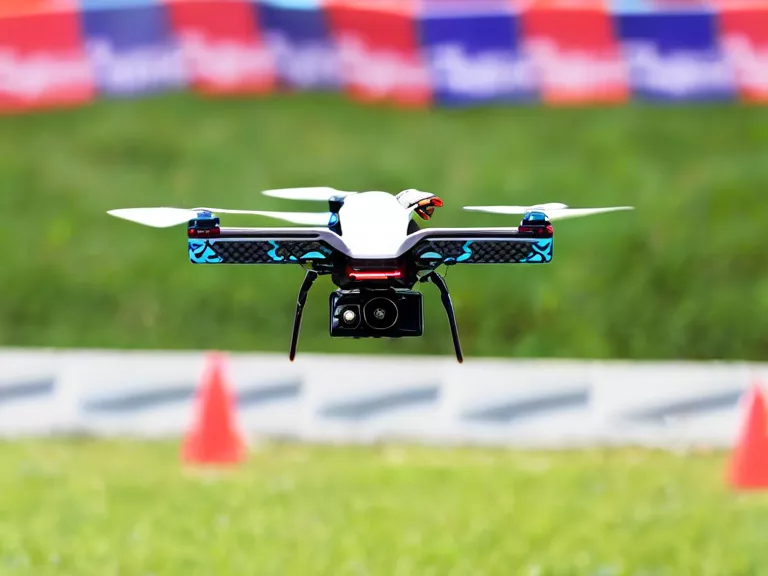
Drones, also known as unmanned aerial vehicles (UAVs), are revolutionizing wildlife conservation and monitoring efforts around the world. These small and agile aircraft are equipped with cameras and sensors that can provide crucial data on wildlife populations, habitats, and threats. From tracking endangered species to mapping remote areas, drones are becoming indispensable tools for conservationists. In this article, we will explore how drones are being used for wildlife conservation and monitoring projects.
One of the most common uses of drones in wildlife conservation is for population surveys. Traditional methods of counting animals, such as aerial surveys or ground-based observations, can be time-consuming, expensive, and sometimes even dangerous. Drones offer a safe and cost-effective alternative, allowing researchers to quickly and accurately estimate population sizes without disturbing the animals.
Drones are also being used to monitor animal behavior and study habitat use. By flying over a wildlife area, researchers can observe animals from above and gather valuable data on their movements, interactions, and feeding habits. This information is crucial for understanding how animals are responding to environmental changes and human disturbances.
In addition to monitoring wildlife populations, drones are being used to combat poaching and illegal logging. These threats are major contributors to the decline of many endangered species, and traditional enforcement methods are often ineffective. Drones provide a stealthy and efficient way to patrol protected areas, detect illegal activities, and apprehend perpetrators. By acting as a deterrent, drones are helping to reduce poaching and protect vulnerable species.
Furthermore, drones are valuable tools for mapping and monitoring habitats. By capturing high-resolution images and videos from the air, drones can create detailed maps of terrain, vegetation, and water sources. This information is vital for land management planning, conservation assessments, and restoration projects. Drones can even be used to monitor the impact of climate change on ecosystems by comparing images taken at different times.
Overall, drones are revolutionizing the field of wildlife conservation by providing researchers and conservationists with unprecedented access to remote and sensitive areas. With their ability to collect data quickly, accurately, and non-invasively, drones are helping to protect endangered species, preserve habitats, and combat illegal activities. As technology continues to improve, the potential for drones in wildlife conservation projects is boundless.



